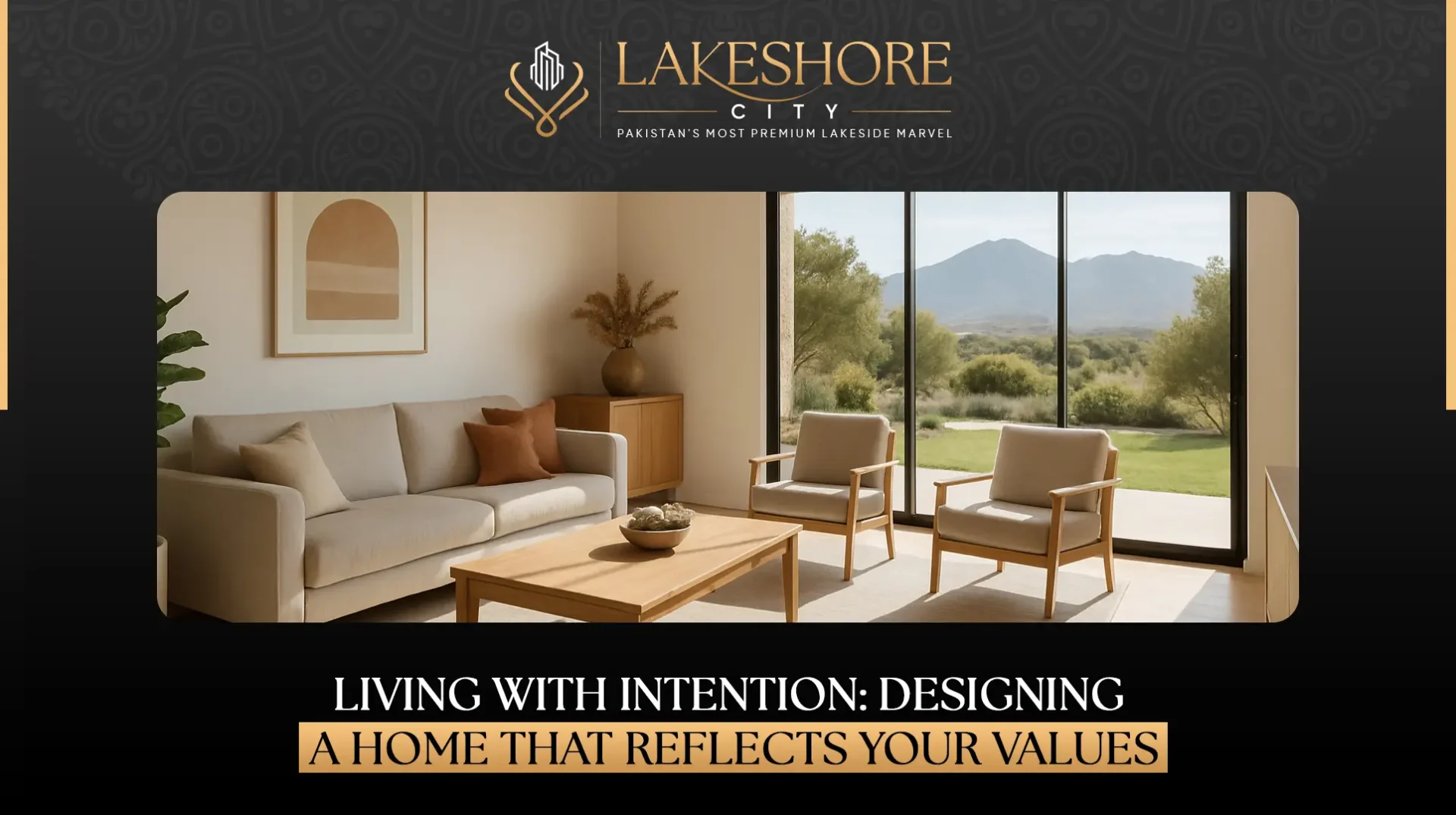Your home is more than a place to live. It’s a space that holds your story, your habits, and your goals. Intentional home design is about creating spaces that support your lifestyle and reflect what truly matters to you.
What Is Value-Based Home Design?
Value-based home design is the practice of aligning your living environment with your core beliefs. Whether you prioritize sustainability, family bonding, creativity, or simplicity, your home can be designed to reflect those values. As a result, you don’t just decorate—you create a space that supports mindful and conscious living.
Also read: Motivation vs Discipline: What Really Drives Success?
The Importance of Mindful Living Spaces
Living with intention starts at home. When your surroundings match your values, you feel more at peace. You’re also more productive and focused. For instance, a minimalist space helps reduce stress, while a cozy reading corner can encourage learning and relaxation.
Furthermore, mindful living spaces encourage clarity and reduce clutter. That alone can boost your mood and energy.
Steps to a Purpose-Driven Home Design
1. Identify Your Core Values
Before making changes, take time to reflect. Ask yourself:
- What matters most in your daily life?
- Do you value calm, creativity, connection, or sustainability?
- What emotions do you want your home to evoke?
These answers will guide your purpose-driven home design choices.
2. Declutter and Simplify
Intentional spaces are rarely chaotic. Removing items that no longer serve a purpose is the first step. After all, a clutter-free environment makes room for meaningful living.
3. Choose Functional and Meaningful Items
Next, select furniture and decor that align with your values. For example:
- Choose ethically sourced or upcycled materials.
- Use calming colors if peace is a priority.
- Add plants for a connection to nature.
Every item should serve a purpose or bring joy. If it doesn’t, let it go.
4. Personalize Your Design
Personalized interior design is key to making your house feel like home. Display your favorite books, photos, or artwork. Designate zones for what you love—like a yoga space, a craft corner, or a coffee nook.
This level of personalization reinforces your identity and passions every day.
Tips for Designing Homes With Intention
- Use natural light to enhance well-being.
- Create flow between rooms with similar tones or textures.
- Use storage solutions that make daily routines easier.
- Design with future needs in mind, not just trends.
These simple tips make conscious living home design more practical and sustainable.
How Your Home Reflects Your Identity
Homes that reflect personal values feel authentic. You walk in and feel immediately at peace—because it’s yours in every sense. From the materials you choose to the way each room is used, your home becomes a physical expression of who you are and how you want to live.
That’s the heart of home design reflecting personal values.
Intentional Home Design in Lakeshore City
In Lakeshore City, more homeowners are embracing intentional home design. With growing awareness of sustainability and wellness, design trends now focus on clarity, calm, and meaning over flashy styles. This city, rich in nature and culture, provides the perfect setting for homes designed with heart.
Conclusion: Live with Purpose, Design with Meaning
Designing a home that reflects your values isn’t about being perfect. It’s about being intentional. Through mindful choices and personalized touches, your space can uplift you daily. Whether you’re building new or updating an existing home, keep your values at the center. The result will not just be a beautiful house—it will be a meaningful one.
Start today. Live with intention, and let your home tell your story.
FAQs: Intentional and Value-Based Home Design
1. What is intentional home design?
Intentional home design focuses on creating spaces that reflect your personal values and lifestyle.
2. How do I make my home reflect my values?
Start by identifying what matters most to you and design each space to support those values.
3. Can I personalize my home on a budget?
Yes, use meaningful items, DIY projects, and repurpose pieces to add personal touches without overspending.
4. Why is decluttering important in mindful living spaces?
Decluttering removes distractions, reduces stress, and creates a space that supports clear thinking and peace.
5. Is value-based home design the same as minimalism?
Not exactly. While they can overlap, value-based design is about alignment with your values, not just having less.
6. What are some examples of conscious living home design?
Using sustainable materials, creating tech-free zones, and designing for wellness are all great examples.



